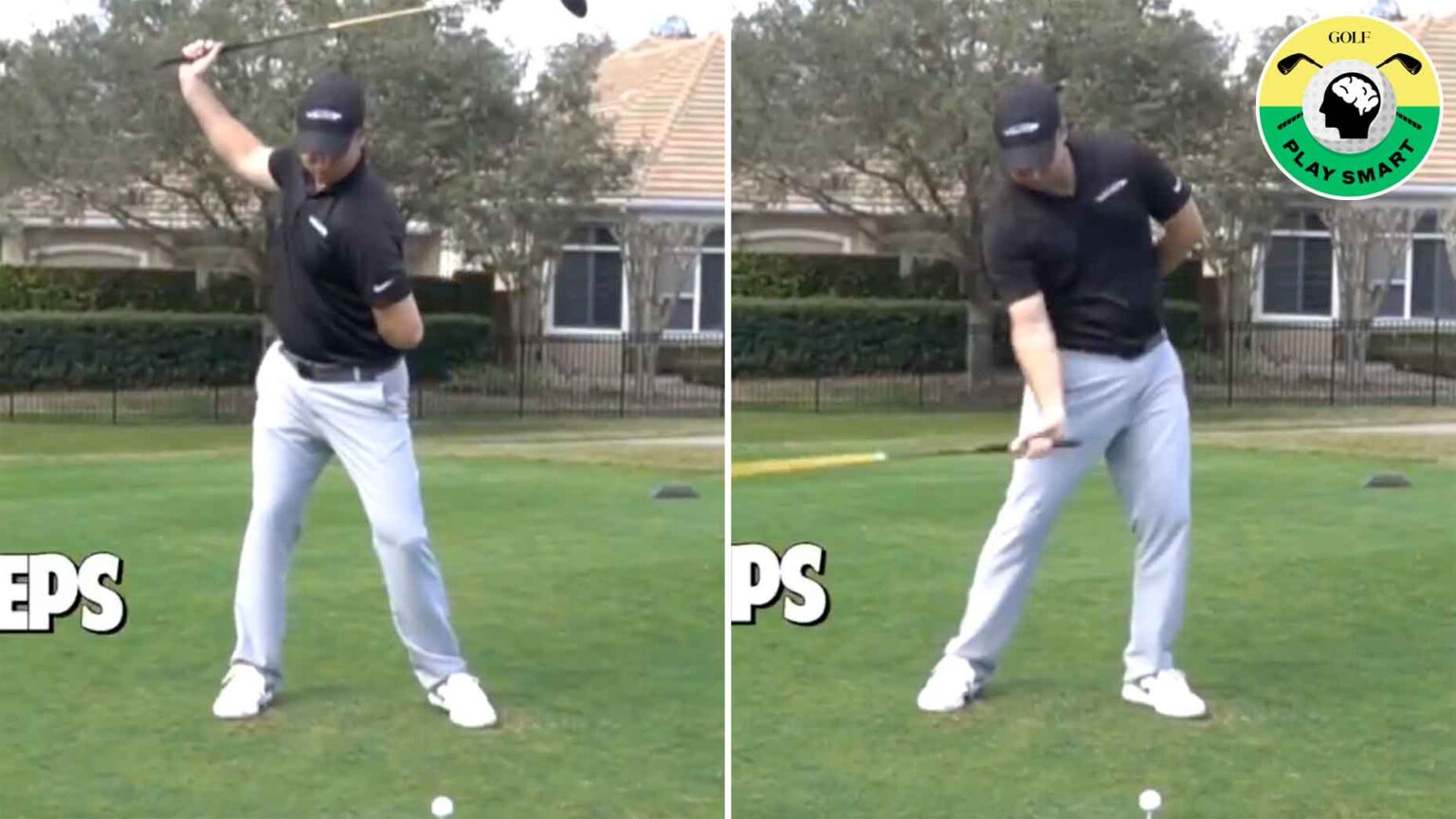Elevate Your Golf Game: A Comprehensive Guide to Increasing Swing Speed
Golf is a game that requires skill, precision, and, most importantly, power. If you’ve ever looked to add distance to your drives, you’re not alone. Many golfers are eager to elevate their game, and fortunately, there are numerous methods to boost swing speed. In this article, we’ll explore effective techniques—from optimizing equipment to enhancing your physical strength and mastering your swing mechanics. This gaming improvement guide aims to make you a smarter and better golfer.
1. Understanding the Importance of Swing Speed
Swing speed is a fundamental factor that dictates how far you’ll hit the golf ball. A faster swing translates to greater clubhead speed and, ultimately, more distance. As a golfer, understanding this relationship is vital. Many players underestimate their swing speed potential and often swing inefficiently. By identifying areas for improvement, golfers can work towards maximizing their swing speed and unleashing their power on the course.
2. Main Causes of Inefficient Swing Mechanics
Recreational golfers often experience a significant drop in swing speed due to improper mechanics. Common issues include early release, poorly timed weight transfer, and lack of body synchronization. These mechanical flaws can lead to reduced power output and increased difficulty in controlling the clubface. Recognizing these inefficiencies is the first step toward rectifying them and increasing your distance.
3. The Concept of "Lag" in Your Swing
One of the most effective adjustments you can make is to introduce "lag" into your downswing. But what exactly is lag? It refers to the delay in the clubhead’s movement compared to the hands during the downswing. By maintaining this lag until the appropriate release point, a golfer can harness a whip-like effect, producing more clubhead speed. This technique is often overlooked but can drastically change your game.
4. Common Mistakes: Casting in the Downswing
Many golfers struggle with the phenomenon known as “casting,” where the lag is released too early in the downswing. This not only decreases clubhead speed but also hampers consistent control of the clubface. Such inefficiencies are often due to a lack of awareness about the correct timing in the swing. Understanding common mistakes is essential for making improvements.
5. How to Add Lag to Your Swing
Integrating lag into your swing requires dedicated practice and a keen understanding of mechanics. A drill recommended by golf instructor Clay Ballard involves swinging the club with only your lead hand. This exercise encourages the body to open up correctly and promotes a natural release of the clubhead. By repeating this drill and paying attention to where the release should occur, you can begin to mirror that feeling in a standard swing.
6. Implementing Effective Drills for Improvement
To solidify the idea of lag, practice is crucial. After swinging with your lead hand for about 10 repetitions, pay attention to your body position and the sensation of lag that you’re developing. Transition this feel into a full swing, making sure to hold onto the lag longer during your downswing. This process can help you gradually increase your swing speed while maintaining control—a win-win!
7. The Significance of Physical Fitness in Golf
While swing mechanics play a pivotal role in increasing swing speed, physical fitness cannot be overlooked. Strength training and flexibility exercises are crucial for enhancing power and ensuring overall athleticism. Building core strength can significantly improve your swing stability and enhance clubhead speed. Therefore, incorporating a fitness regimen tailored to golfing needs should be a priority for any serious golfer.
8. Optimizing Your Equipment for Performance
The right equipment can drastically influence your game. Consider factors like club length, weight, and type of shaft that complement your swing style. By ensuring your clubs are fitted to your unique mechanics, you’re setting yourself up for optimal performance. Consult a professional for guidance on the latest technology and fitting techniques to ensure your gear helps, rather than hinders, your swing speed.
9. Utilize Technology to Track Progress
In today’s digital age, technology can serve as a critical ally in your quest for improved swing speed. Products such as swing analyzers and performance apps can provide invaluable feedback on your mechanics, helping you identify areas that need work. Tools like TheStack Speed Trainer can aid in your training, offering guided sessions aimed at increasing your swing speed over time. Make technology your partner, and you’ll see continuous improvement.
10. Building a Sustainable Practice Routine
Finally, the key to consistent improvement lies in your approach to practice. Create a structured routine that incorporates mechanics, drills, physical conditioning, and technology assessments. Prioritize daily consistency, and track your progress over time. As the old saying goes, practice doesn’t make perfect; perfect practice makes perfect. With a dedicated plan, you can ultimately achieve remarkable gains in your swing speed and overall game performance.
By following these guidelines, you are well on your way to transforming your golf swing and adding distance to your game. Don’t forget to remain patient and persistent. With the right mindset, continuous practice, and the proper techniques, you will not only become a smarter golfer but also one who consistently finds success on the course.
